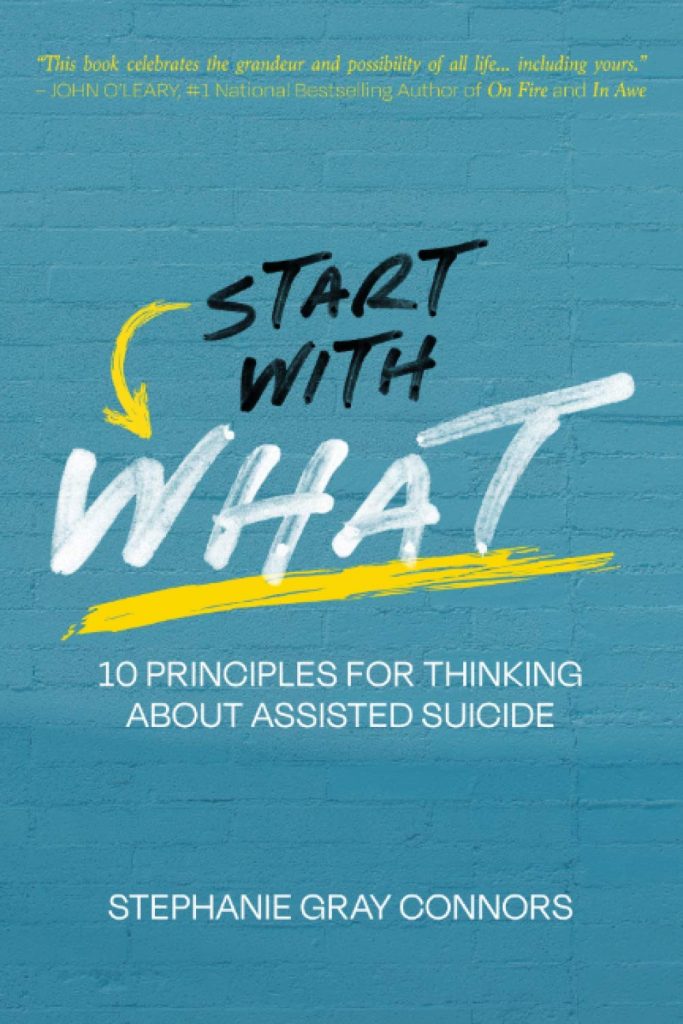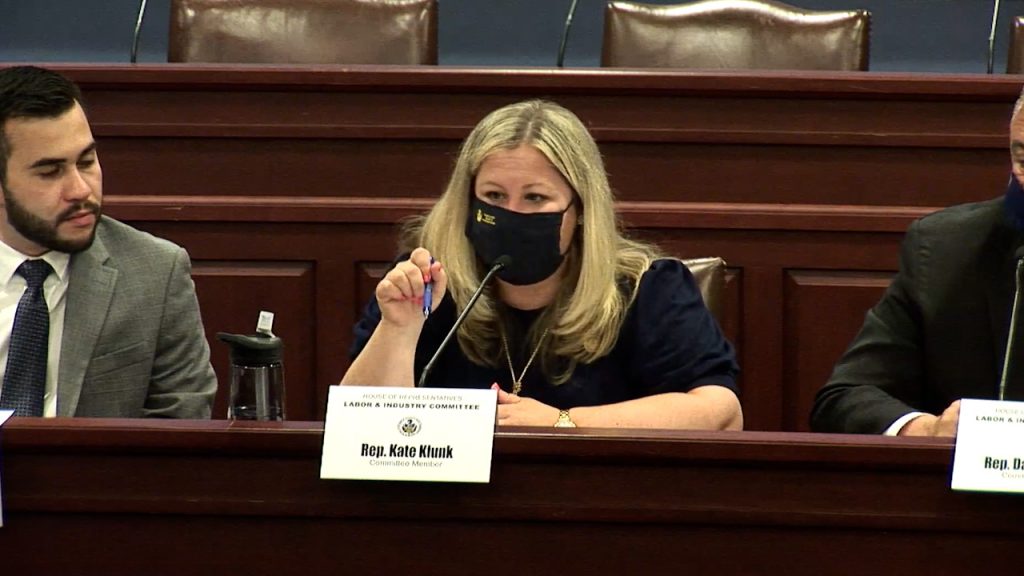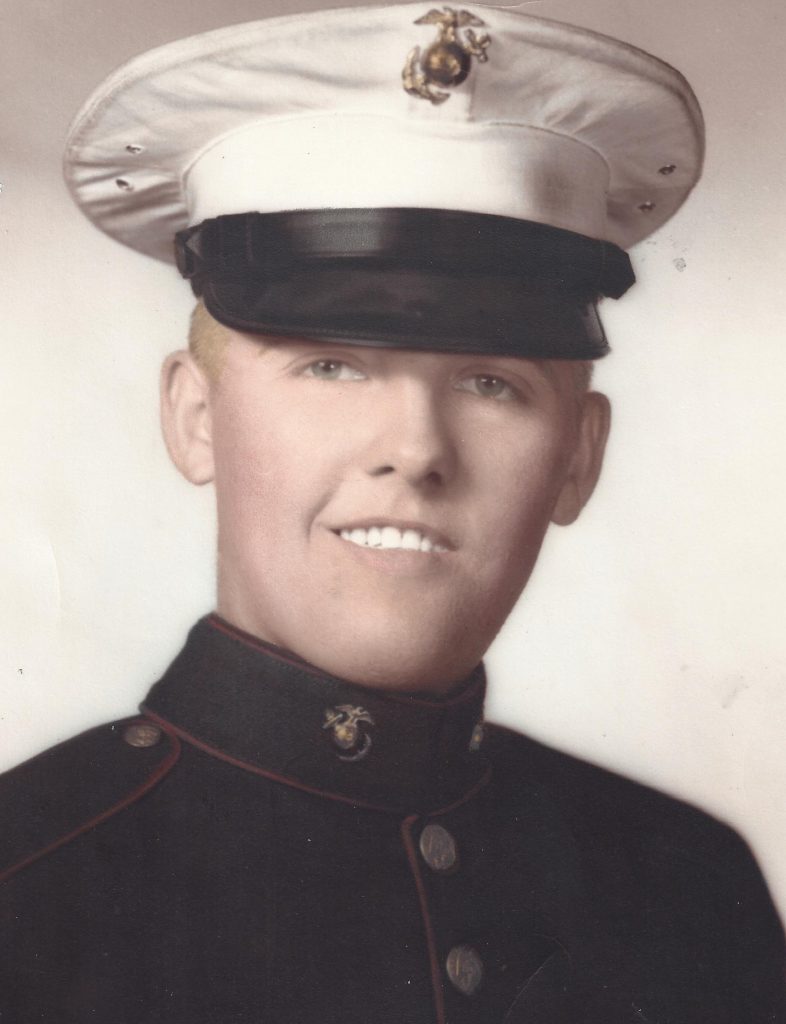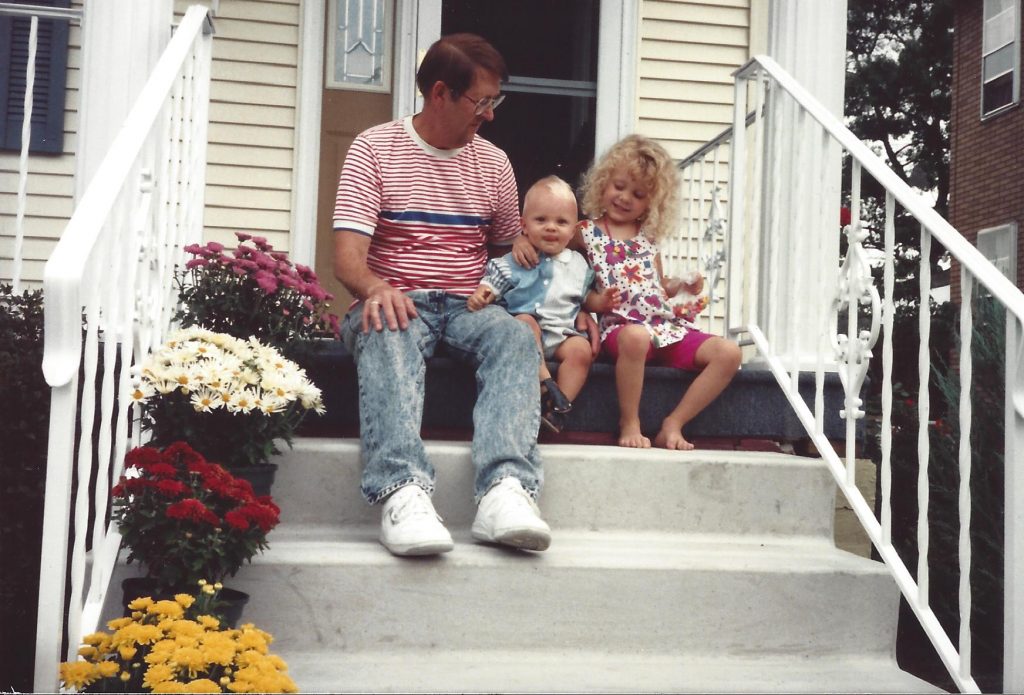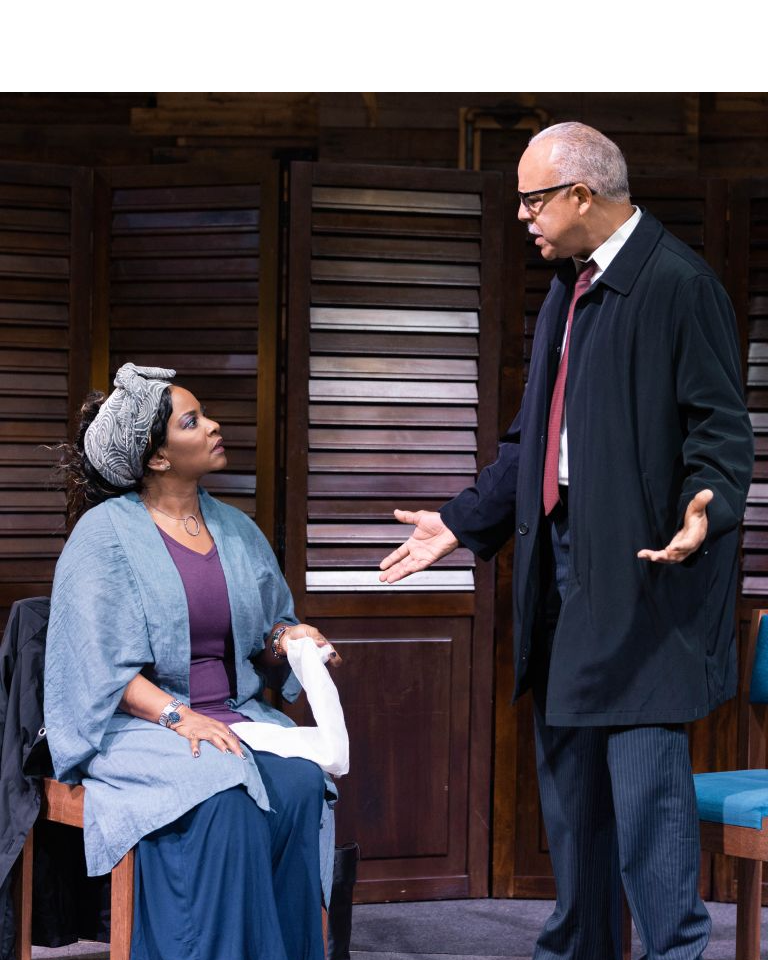By Bonnie Finnerty, Education Director

Tiffany and Jay Gilbert are busy. Along with pastoring a fast-growing church in the Mount Washington area of Pittsburgh, PA, they are also growing two adorable young sons. Despite a full schedule of faith and family, the couple remains open to doing more to serve others. Most recently “that more” was to help stem the rate of abortion by providing life-affirming alternatives to women in a Pittsburgh neighborhood.
Although only having started to explore possibilities late last year, the East Liberty Women’s Care Center opened in record time this past April and has already offered a safe haven and welcoming arms to several women facing unplanned pregnancies.
The founding of this Pregnancy Resource Center comes at a critical time: Pittsburgh has the second highest abortion rate in Pennsylvania, second only to Philadelphia. And we are learning more and more about the disturbing allegations against the University of Pittsburgh with regard to procurement of organs from aborted babies. For certain, the addition of another life-affirming resource center in Pittsburgh is welcome news.
The location of this Pregnancy Resource Center is also significant. It is one block from Allegheny Reproductive, where the greatest number of abortions are performed in the county. According to the PA Department of Health Abortion Statistics Report, in 2019 there were 6474 induced abortions performed in Allegheny County, comprising 20% of the annual abortions in the state. Being in such close proximity to the abortion center provides an opportunity to reach vulnerable women with other options before making a permanent, life-ending decision.
Only after opening Women’s Care Center did Tiffany learn an ironic fact: the very building in which they are located once housed Allegheny Reproductive. The space where babies’ lives were once sacrificed for profit is now the sanctuary where mothers and their babies are offered free and unconditional protection, where they are loved into life.
The center’s services go far beyond pregnancy tests and abortion alternatives. They offer resources to the entire family, including grandparents who may need assistance in raising their children’s children. In addition to providing immediate material support of clothes, diapers, and the like, East Liberty has an Economic Self-Reliance program that empowers clients for the long term. This is a partnership with other community organizations to provide technology training that can lead to jobs with higher paying salaries. In this way, they hope to break the generational cycle of poverty that can grip families.
Among other services offered are post-abortion counseling, earn-while-you-learn classes for new and prospective parents, and a woman’s group that focuses on emotional healing. And they are just getting started as they train more volunteers and look to increase open hours.
Tiffany is in awe at how everything has come together in such a short time. The Center was even blessed with the donation of an ultrasound machine. Until they can secure their own nurse sonographer, the Center is partnering with a mobile van unit that provides ultrasounds.
And that is key.
A recent study from the University of North Carolina at Chapel Hill found that abortion-minded women who visit pregnancy centers are at least 30 percent more likely to change their minds and give birth to their babies. And we know from other studies that a majority of women who see their baby via ultrasound choose life.
Inside the center, the Gilberts, their team of volunteers, and their donors have created a calm and beautiful space for clients. Soft blue walls frame a tastefully decorated and cozy sitting area with a nearby coffee station. A confidential counseling room is right down the hall. This is a place where women are welcomed, affirmed, helped, and healed, where relationships are built and life is chosen, a vast improvement over what used to happen: the exchange of money for a life. The building has undergone a rebirth.
Outside is a city streetlight, a rather quaint lamppost seemingly standing guard over this new beacon of hope. It serves as a fitting symbol of a place that is bringing light and life to the darkened corners of East Liberty, illuminating a new path forward for women, their children, and an entire community in a city that so desperately needs it.

